Industry information
Company News
- Aluminum veneer: a metal fashionista in modern architecture
- Punched aluminum veneer: New fashion of aluminum materials, new style of architecture
- Aluminum veneer customization, creating a new trend of personalized space!
- Fluorocarbon aluminum veneer: Unveiling the charm of the "chameleon" in the construction industry
- Punched aluminum veneer: the "fashionable skin" of modern architecture
Industry dynamics
- Punched aluminum veneer: a fashionable choice for modern architecture
- Exploring Fluorocarbon Aluminum Veneer: A Weathering Choice, the Beauty of Architecture
- Unveiling Hyperbolic Aluminum Veneer: A Wind vane for Future Architectural Aesthetics?
- Innovative design of subway station aluminum ceiling enhances passenger experience
- Treasure painted carved aluminum veneer showcases the way to quality
Frequently asked questions
- What impact does aluminum veneer have on the durability of buildings?
- What is the seismic performance of aluminum veneer in building exterior design?
- Is the production process of aluminum veneer environmentally friendly?
- Is there any restriction on the size customization of aluminum veneer?
- What is the antioxidant performance of aluminum veneer?
contact us
Mobile:+86 15627778610
Email: 2201229786@qq.com
Address: No. 5 Binjiang Road, High tech Zone, Zhaoqing City, Guangdong Province
How beautiful is the aluminum veneer of the curtain wall?
- Author: Jinba Aluminum Industry (Guangdong) Co., Ltd
- Release time: February 15, 2025 19:54:30
- Click:0
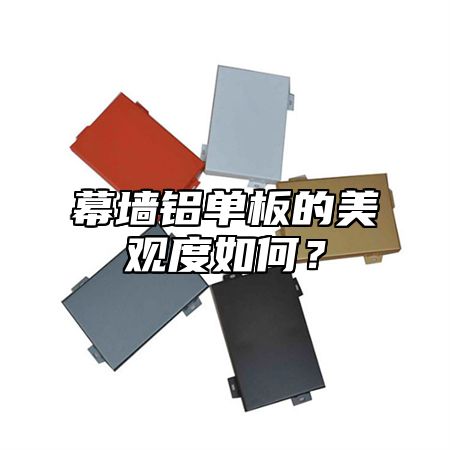
In modern architecture, curtain wallsAluminum veneerAs a common exterior wall decoration material, its aesthetic appeal is one of the important factors affecting its use and promotion. The aesthetic appeal of curtain wall aluminum veneer mainly depends on factors such as its material composition, production process, and design quality. This article will provide a detailed introduction to the aesthetics of aluminum veneer for curtain walls, in order to help everyone better understand and choose this material.
The main components of curtain wall aluminum veneer include aluminum alloy sheet, glass, sealant, etc. Aluminum alloy sheet is its main source of aesthetic appeal. Aluminum alloy sheet has high surface treatment performance and can undergo various surface treatment processes, such as anodizing, electrophoretic coating, etc., to obtain different color and texture effects. Aluminum alloy sheets also have good glossiness and metallic texture, which can increase their overall aesthetic appeal. Other materials such as glass, sealant, etc. can also have a certain impact on the aesthetics of the aluminum veneer of the curtain wall.
The production process of curtain wall aluminum veneer is also an important factor in its aesthetic appeal. Generally speaking, the production of curtain wall aluminum veneer requires multiple processes, including raw material procurement, cutting, punching, bending, welding, surface treatment, etc. The complexity and production efficiency of these processes will directly affect the aesthetics of the curtain wall aluminum veneer. Different production processes can also affect the quality and service life of curtain wall aluminum panels, thereby further affecting their aesthetics.
The design quality of curtain wall aluminum veneer is also an important factor in its aesthetic appeal. A good design can enhance the overall appearance and beauty of the curtain wall aluminum veneer, thereby improving its aesthetic appeal. For example, reasonable structural design can reduce structural deformation and uneven stress, thereby improving the overall stability and aesthetics of curtain wall aluminum panels. Good waterproof and fireproof design can also improve the aesthetics and safety of curtain wall aluminum panels.
The aesthetic appeal of curtain wall aluminum veneer is closely related to factors such as material composition, production process, and design quality. When selecting and using curtain wall aluminum panels, we need to consider comprehensively based on the actual situation, including factors such as aesthetics, quality, and service life, in order to achieve better cost-effectiveness.

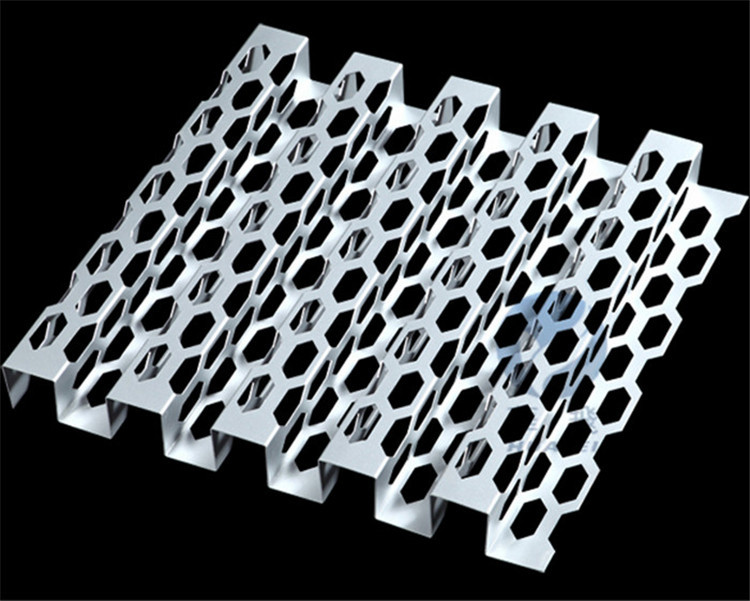
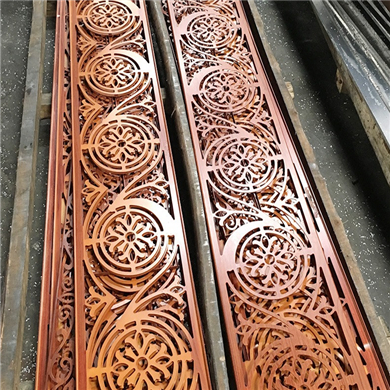
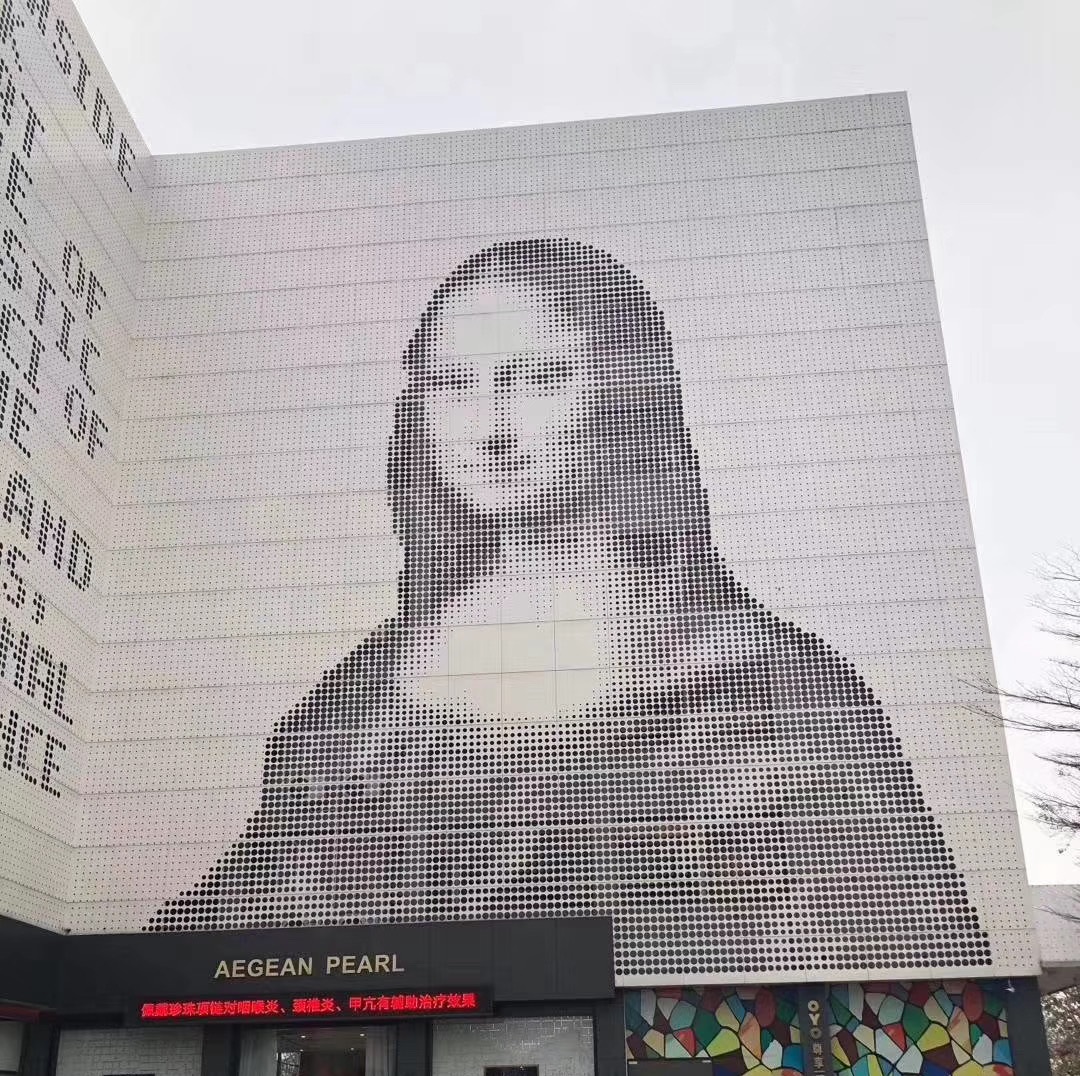
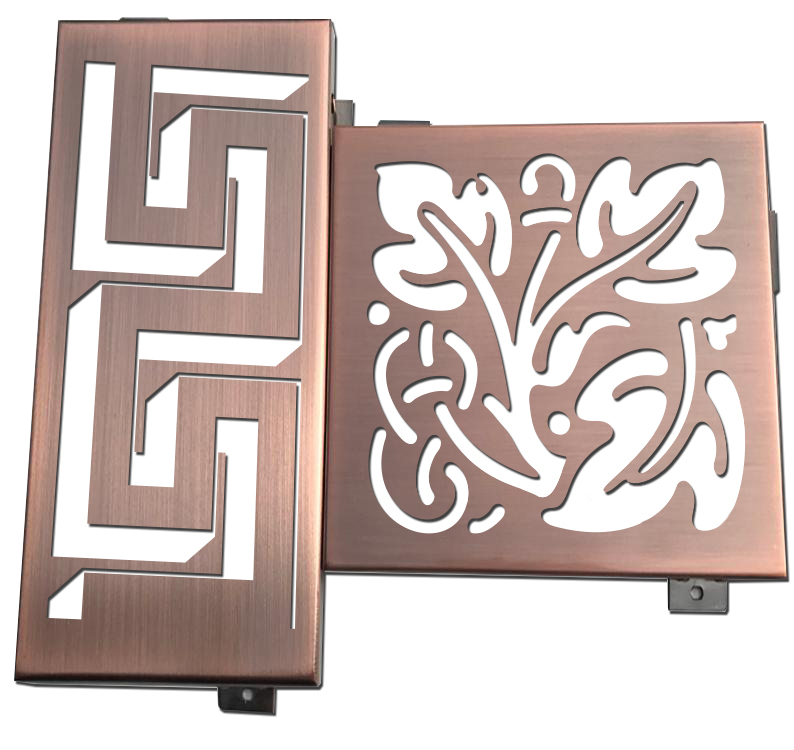
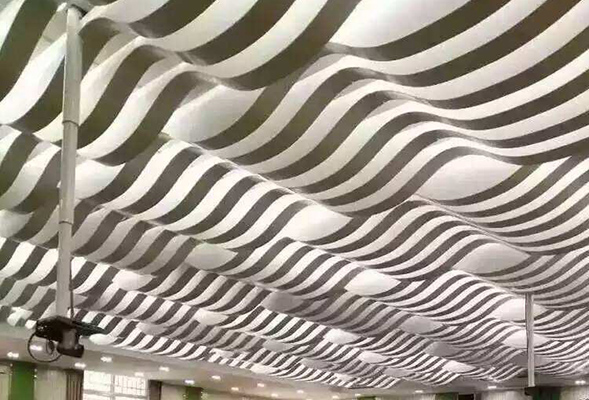
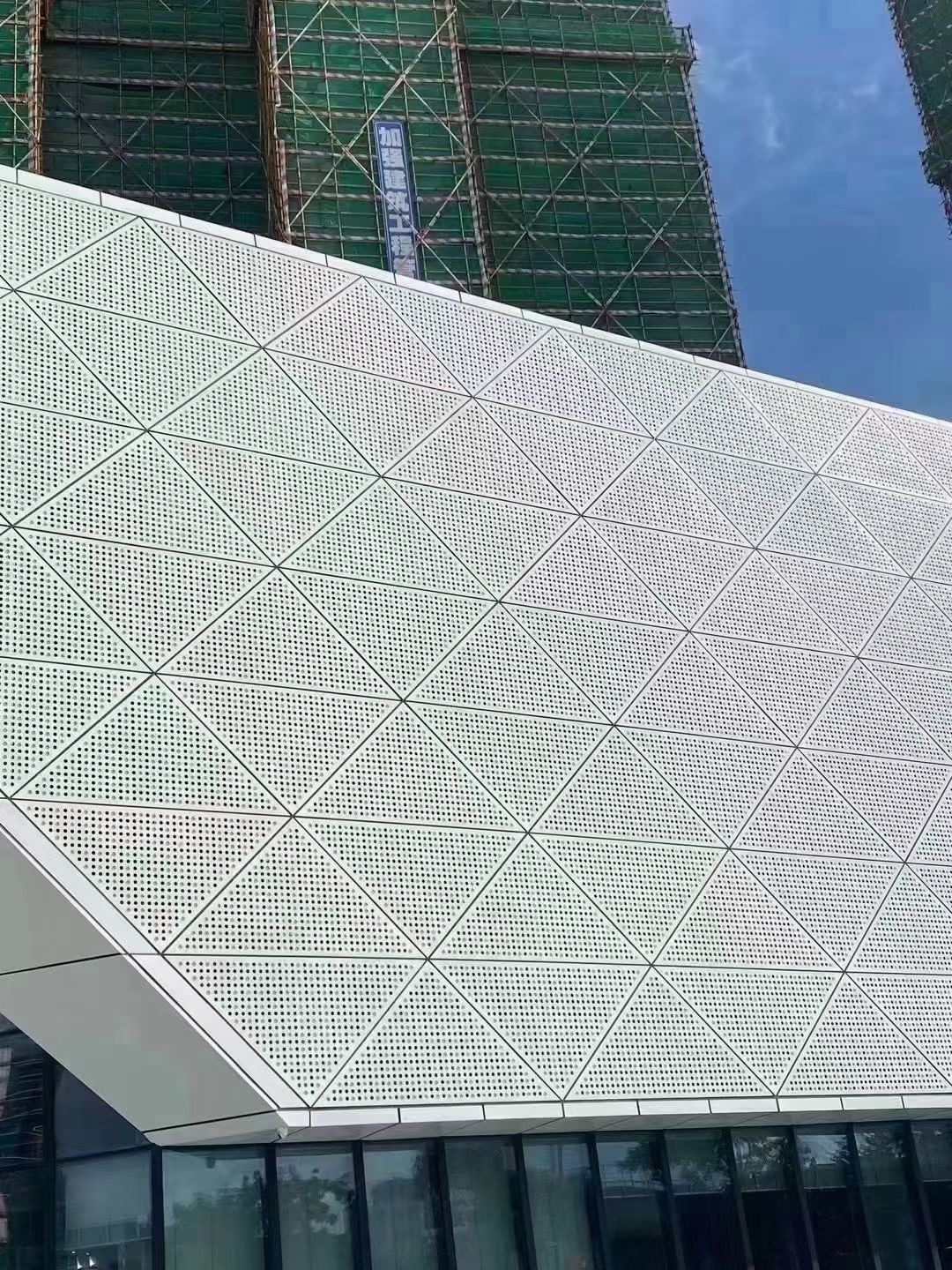
 Customer service QQ
Customer service QQ